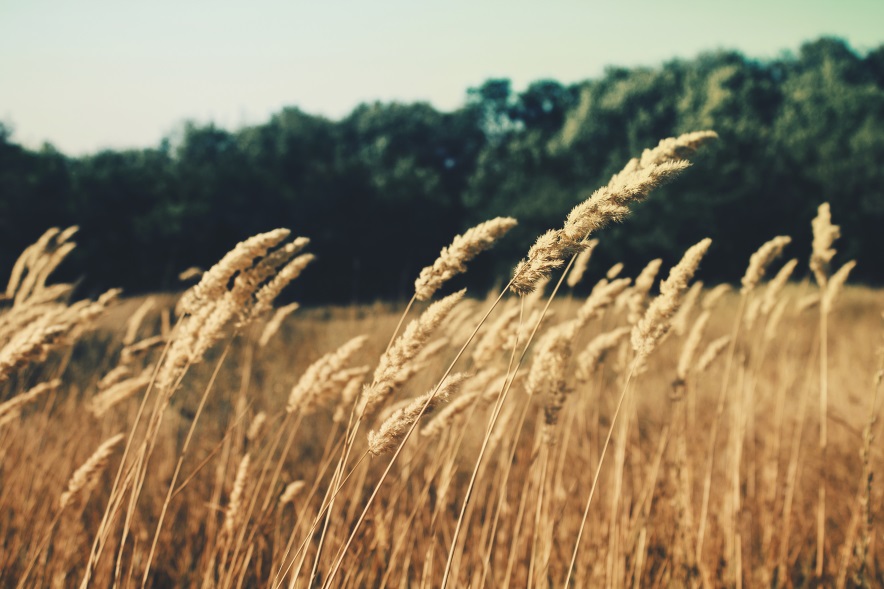Editor's Note: Diversity
Nikolai Vavilov was obsessed by famine. The Russian biologist working in St. Petersburg, Russia, in the early 20th century was one of the first scientists in the world to study crop diversity and to fear that monoculture—the overreliance on a single crop or on one plant variety—could lead to starvation due to disease or aberrant weather.
In 1926, Vavilov established the Pavlovsk Experimental Station. The food bank was populated with hundreds of varieties of potatoes, rice, and fruit collected on expeditions around the globe and was designed to protect against future disaster. However, Vavilov’s work faced extinction much sooner than anticipated; during the 872-day Siege of Leningrad in 1941. Pavlovsk’s scientists armed themselves to protect the sample packs of rice and potatoes from the city’s desperate citizens.
In his article on the topic of seed banks, Charles Siebert wrote in National Geographic that the scientists “boxed up a cross section of seeds, moved them to the basement, and took shifts protecting them.” Siebert notes that “those guarding the seedbank refused to eat its contents, even though by the end of the siege…nine of them had died of starvation.”
Pavlovsk is still standing and has now been joined by specialized seed banks all over the world. Of these, the Svalbard International Seed Vault is special. Opened in 2008, this so-called Doomsday Vault is located inside an arctic mountain in Norway. Protected from earthquakes, flooding, and even humidity, the facility is surrounded by permafrost, making the environment a back-up in case of power loss. This fits Svalbard’s mission, which, according to its website, is to serve as “a kind of insurance policy for other seed banks.” Duplicate samples are deposited by other organizations and remain the sole property of the depositors.
Svalbard is the culmination of Vavilov’s vision. With biodiversity on ice in the Arctic, mankind is protected well into the future. As Siebert explains, someday “we might desperately need one of those varieties we’ve let go extinct.”
To the surprise of the scientific community, the first withdrawal from Svalbard came early. According to Reuters, Syria’s seed bank near Aleppo was damaged in the recent conflict.
As this month’s cover story illustrates, the dangers of monoculture and the threat of war also apply to our digital world. A monoculture in cyberspace—in the form of standardized operating systems and cyber procedures—can be just as dangerous, as evidenced by recent power grid attacks in Ukraine.
With no digital Svalbard to protect information and services from destruction, cybersecurity experts must be prepared and willing to defend digital diversity.
